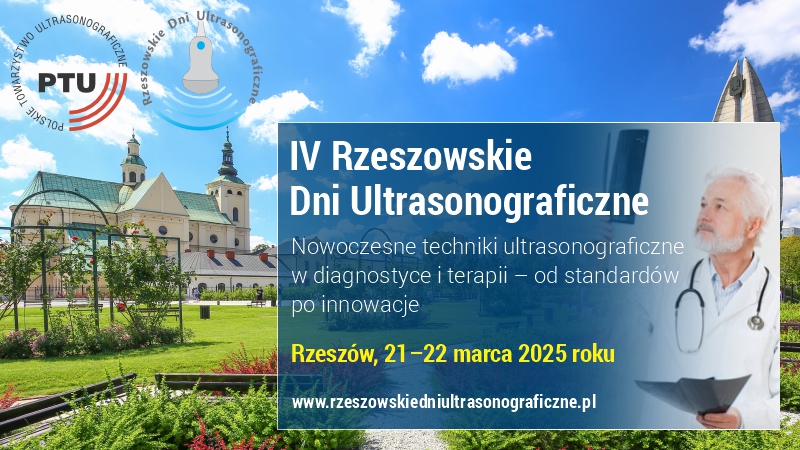Ultrasonographic criteria of cesarean scar defect evaluation
 Affiliation and address for correspondence
Affiliation and address for correspondenceCesarean sections account for approximately 20% of all deliveries worldwide. In Poland, the percentage of women delivering by cesarean section amounts to over 43%. According to studies, the prevalence of cesarean scar defects ranges from 24–70%. Due to the overall cesarean section rate, this is a medical problem affecting a large population of women. In such cases, ultrasonographic evaluation of a cesarean scar reveals a hypoechoic space filled with postmenstrual blood, representing a myometrial tear at the wound site. Such an ultrasound appearance is referred to as a niche, and it forms after a cesarean section at the site of the hysterotomy of the anterior uterine wall, most commonly within the uterine isthmus. Currently, the exact cause of niche formation remains unexplained, yet the risk factors for its development are universally acknowledged. They include the site of hysterotomy, multiple previous cesarean section deliveries, suturing technique and maternal diabetes or smoking. Ultrasound evaluation of the cesarean section scar is an important element of obstetric and gynecologic practice, especially in the case of further pregnancies. It facilitates an early diagnosis of a cesarean scar ectopic pregnancy, and the prediction of the risk for perinatal dehiscence in the case of a vaginal birth after a cesarean section.






